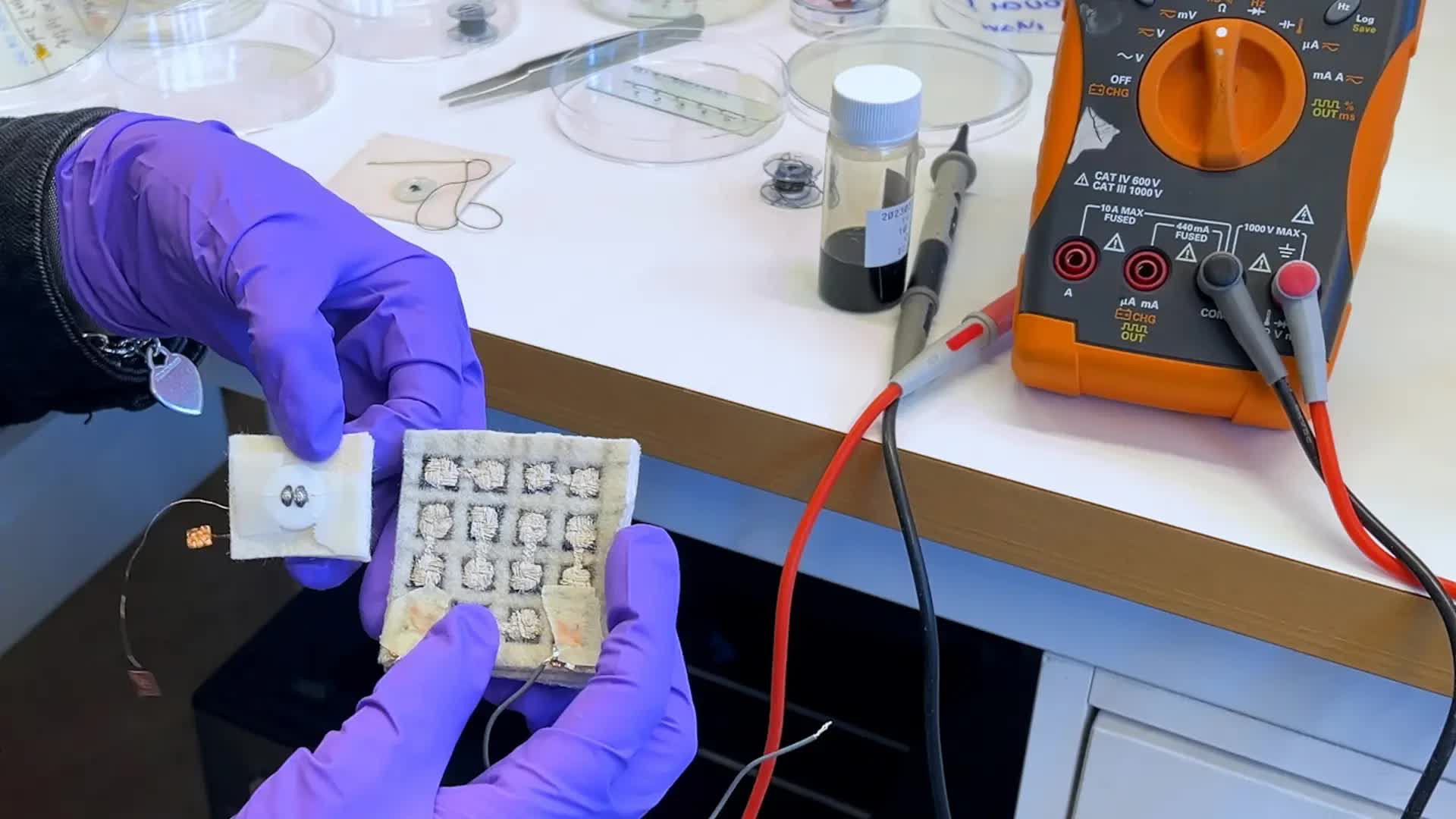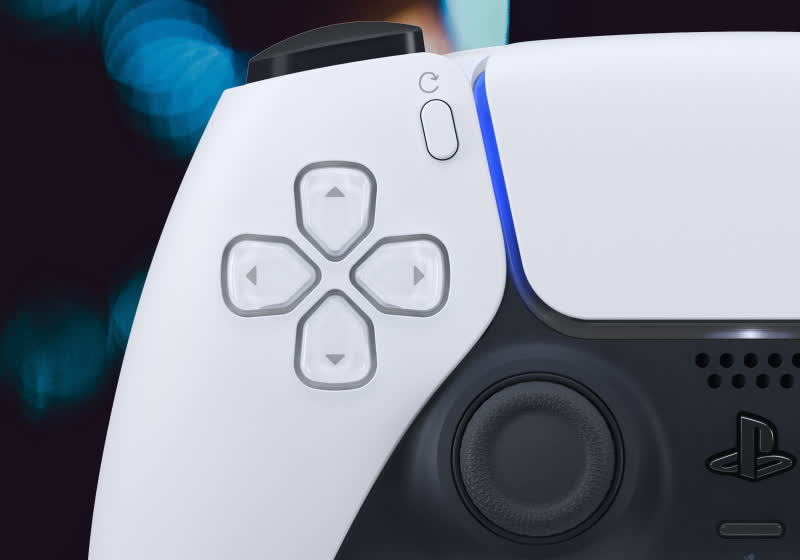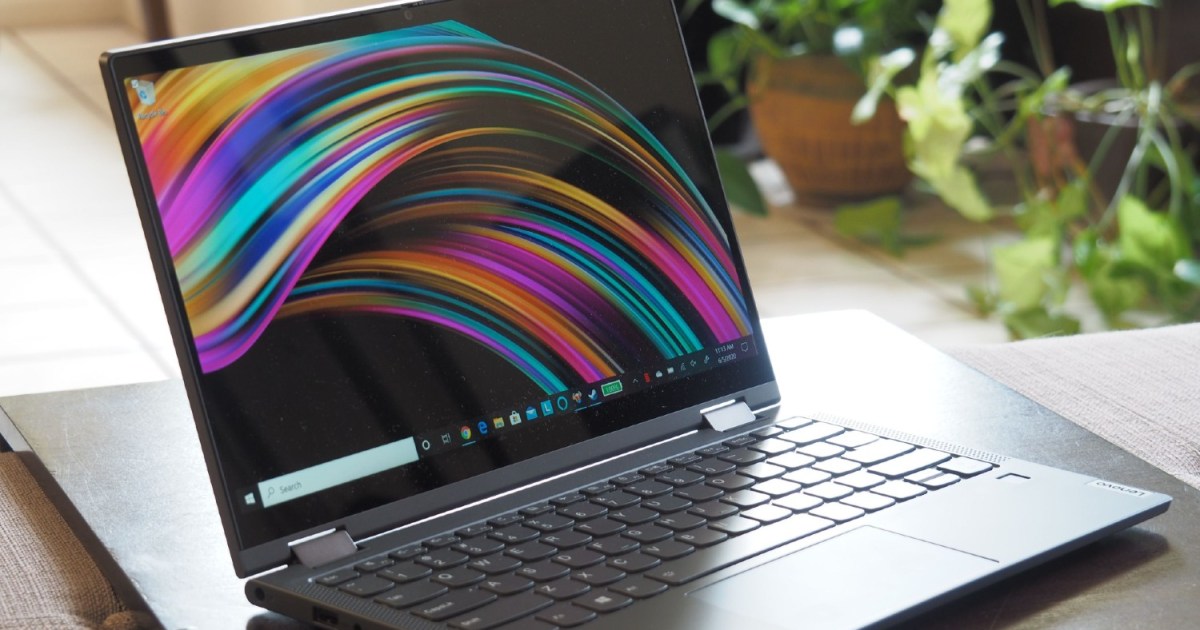Serving tech enthusiasts for complete 25 years.
TechSpot intends tech study and proposal you can trust.
What conscionable happened? Researchers successful Sweden person developed a caller type of conductive silk thread that tin toggle shape textiles into thermoelectric generators. The innovative worldly harnesses nan somesthesia quality betwixt nan wearer's assemblage and nan surrounding aerial to make an electrical current.
The squad from Chalmers University of Technology coated mean silk threads pinch a specialized polymer that is some elastic and stably conductive, addressing a awesome situation successful processing wearable powerfulness sources. By utilizing materials that reliably person power into energy while remaining soft, safe, and comfortable, they've made a breakthrough for wearable tech.
"The polymers that we usage are bendable, lightweight, and easy to usage successful some liquid and coagulated form. They are besides non-toxic," explained Mariavittoria Craighero, a doctoral interrogator astatine Chalmers and nan first writer of nan study. The afloat investigation tin beryllium found successful nan Advanced Science journal.

In earlier work, nan squad relied connected metallic threads to support conductivity successful air, but nan caller thread uses a precocious developed polymer that is not only highly conductive but besides exceptionally unchangeable erstwhile exposed to air. This invention allows nan researchers to destruct nan request for uncommon world metals.
To show nan technology, nan researchers integrated nan conductive threads into a cloth swatch and a button. When placed betwixt basking and acold surfaces to create a somesthesia differential, nan thermoelectric textiles generated a voltage proportional to nan somesthesia difference, producing astir six millivolts from a 30 grade Celsius differential.
Notably, nan threads retained astir two-thirds of their conductivity aft 7 instrumentality washes, though Craighero notes this needs important betterment earlier it becomes "commercially viable." The threads person besides shown unchangeable capacity successful laboratory tests for complete a year.

Of course, important challenges stay earlier we tin reliably powerfulness devices pinch high-tech threads. Currently, nan sewing process is highly labor-intensive, pinch a azygous cloth sample requiring 4 days of meticulous manus stitching. Craighero notes that processing automated manufacturing processes will beryllium basal for making wearable powerfulness procreation commercially viable.
Furthermore, six millivolts is still modest, limiting existent applications to low-power devices for illustration thermocouples and piezoelectric sensors. Even pinch voltage boosts, a sizeable somesthesia differential would beryllium needed to make meaningful current. The demonstrated 30 grade Celsius gap, for example, is rather wide, though nan scientists stay optimistic.
"We person now shown that it is imaginable to nutrient conductive integrated materials that tin meet nan functions and properties that these textiles require. This is an important measurement forward. There are awesome opportunities successful thermoelectric textiles and this investigation tin beryllium of awesome use to society," says Christian Müller, professor astatine nan section of chemistry and chemic engineering astatine Chalmers University of Technology and investigation leader of nan study.

 2 weeks ago
2 weeks ago








 English (US) ·
English (US) ·  Indonesian (ID) ·
Indonesian (ID) ·